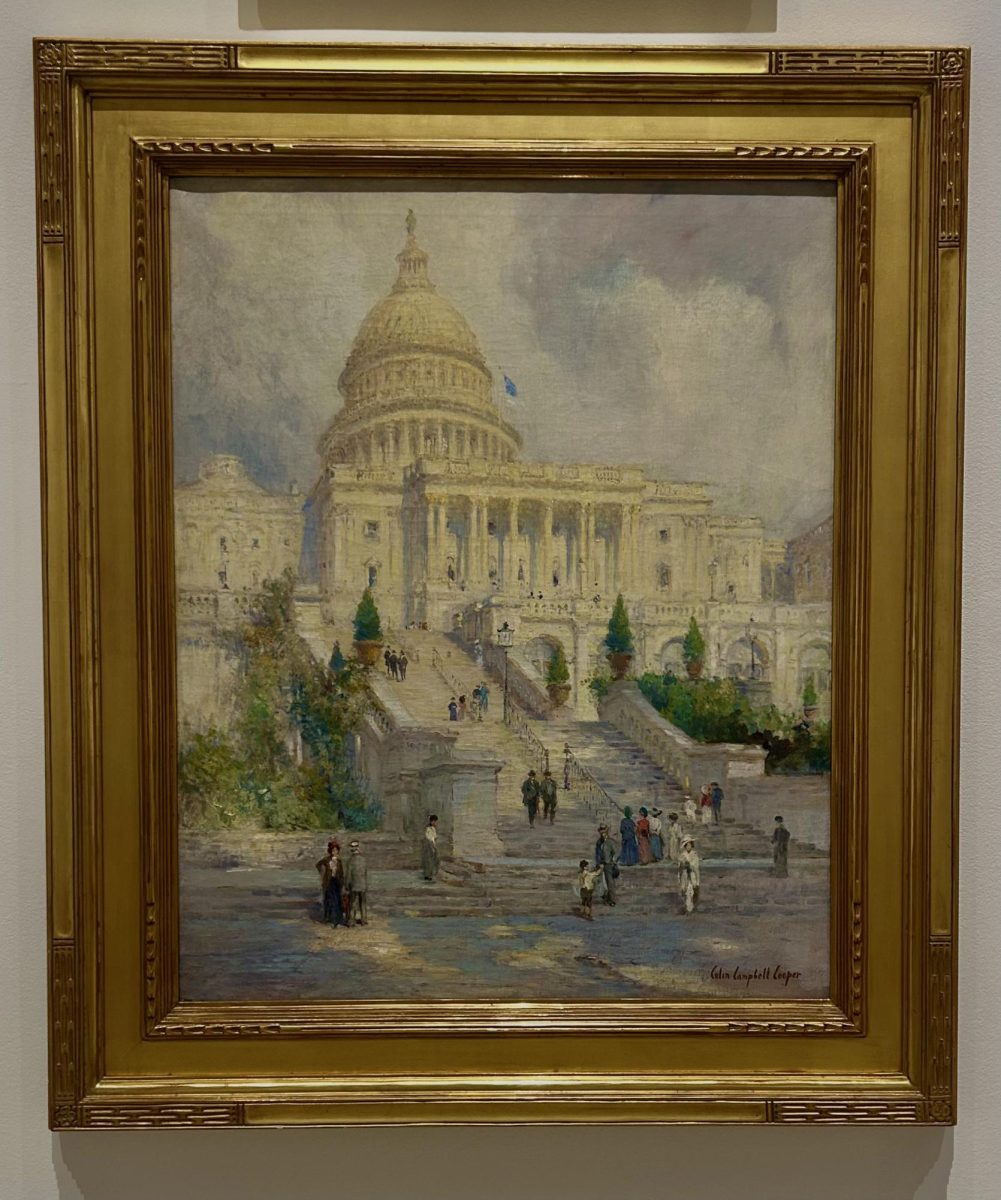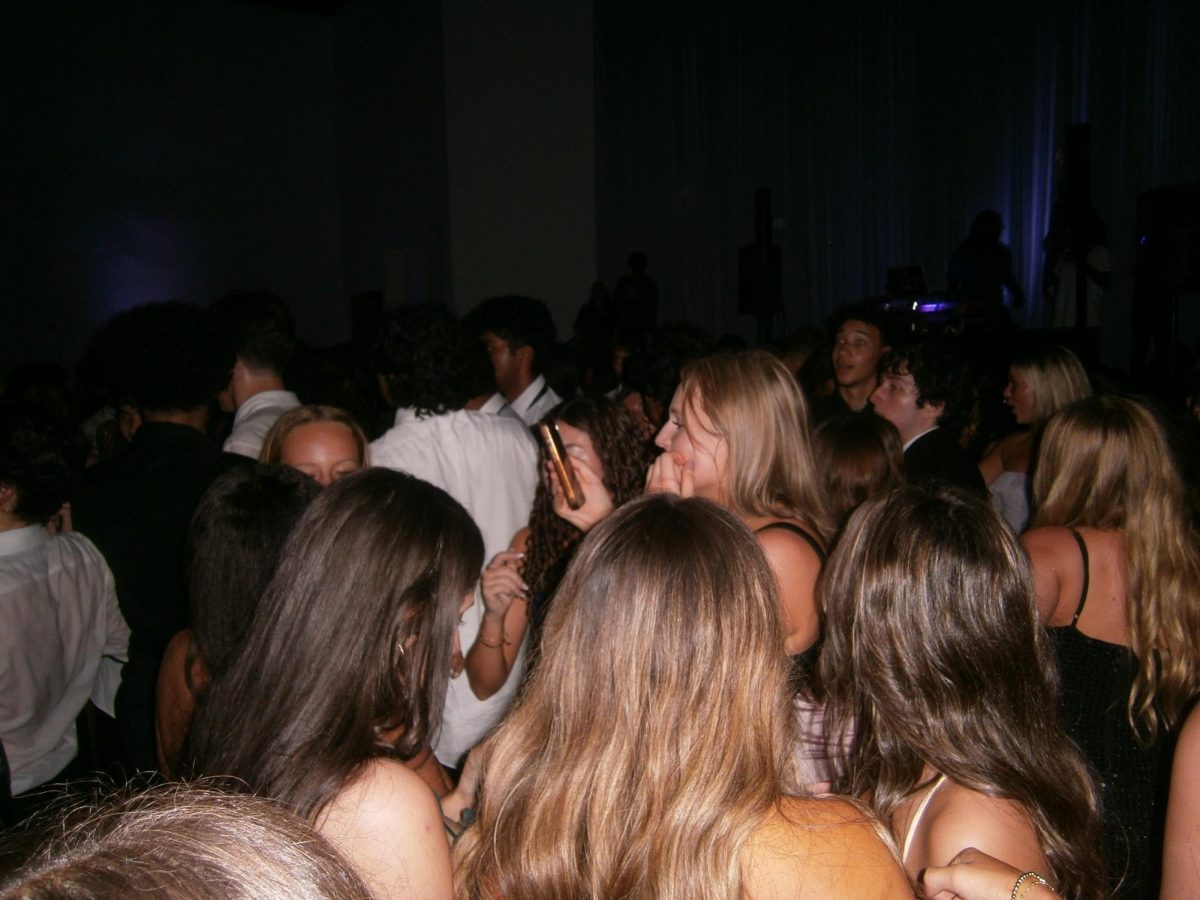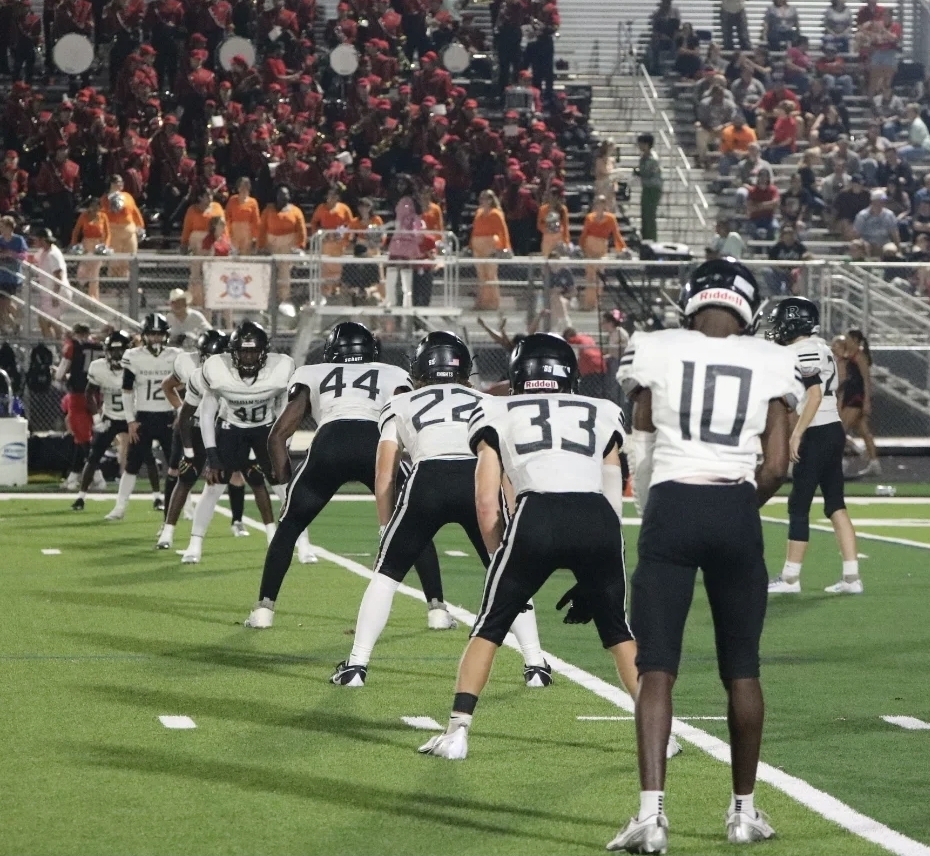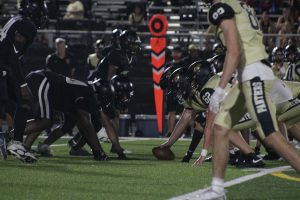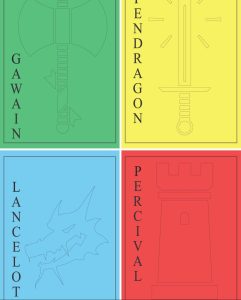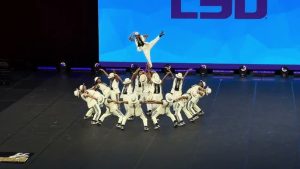An introduction to lowercase music
The music that’s not really music.
September 15, 2020
Steve Roden, a Californian sound artist begrudgingly considered the “father” of lowercase music, is quoted as saying that the genre “bears a certain sense of quiet and humility; it doesn’t demand attention, it must be discovered… It’s the opposite of capital letters— loud things which draw attention to themselves.” This ethos remains the backbone of lowercase music, despite its many interpretations.
To describe the music itself is more of a quandary. Common characteristics seen across works include heavily modified recordings, relatively quiet mastering and amplification of incredibly small sounds, but no work in the genre adheres to these norms religiously. However, the great equalizer in lowercase music relies on the actions and mindset of the listener.
It must be played at an incredibly low volume, to where the sounds merge with the listener’s acoustic environment, with the end goal of forcing an exercise in active listening—where the listener must intently listen in and pick out the various intonations and modulations.
This, of course, is completely arbitrary, and kind of pretentious. I mean, no one can literally force you to listen to your music at a certain volume. But there’s a certain enjoyment to be held in the phonic ritual. The sounds and textures of minute oscillations and buzzes are subdued companions to quieter moments, like walking through a moonlit hallway, or standing in an eerily quiet snow-covered field. Subdued and blurred vibrations often circle their way around your head like a delicate procession of small insects, blowing miniature trumpets and beating Lilliputian toms and snares.
When getting int o lowercase music, there isn’t really a definitive starting point. Some albums are made of entirely synthesized and man-made sounds, whereas others range from field recordings to incredibly modulated audio sources, such as pre-made recordings, or even everyday recordings by the artist.
o lowercase music, there isn’t really a definitive starting point. Some albums are made of entirely synthesized and man-made sounds, whereas others range from field recordings to incredibly modulated audio sources, such as pre-made recordings, or even everyday recordings by the artist.
The latter method is the basis of what is considered by many to be the ‘first’ lowercase album, Steve Roden’s Forms of Paper, in which he layered thousands of recordings of himself manipulating paper by cutting, brushing or crumpling it, then modulating and chopping those samples over and over again until they became completely unrecognizable, distorted into buzzing and shifting sounds that play with the listener’s perception of sound and stereo space. The album’s 56-minute runtime lends it to be most suitable as background noise, a pleasant auditory sensation to leave on while studying a particularly difficult subject or the like.
Here’s a few other lowercase albums I’d recommend, with a short description:
Jana 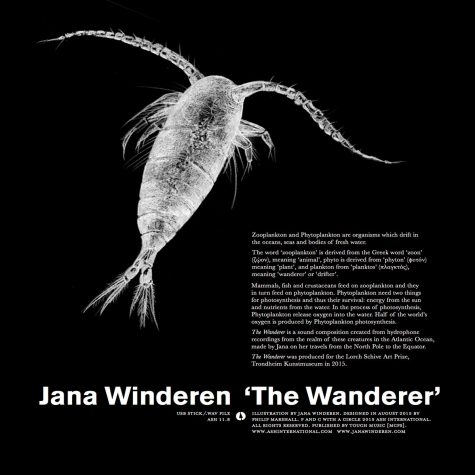 Winderen: The Wanderer
Winderen: The Wanderer
Jana Winderen is a Norwegian marine biologist who specializes in bioacoustics (the sounds that animals make). In this work, Winderen made field recordings of zooplankton and phytoplankton in many different areas around the world, then compiled them all into a rich, textural sound collage that truly does sound like it’s all happening in your head. The Wanderer‘s composition begins with very sharp, staccato clicks of small creatures and ebbs and flows over its half hour runtime to add in haunting, echoey soundscapes and pulsating field recordings varying from streams to storms.
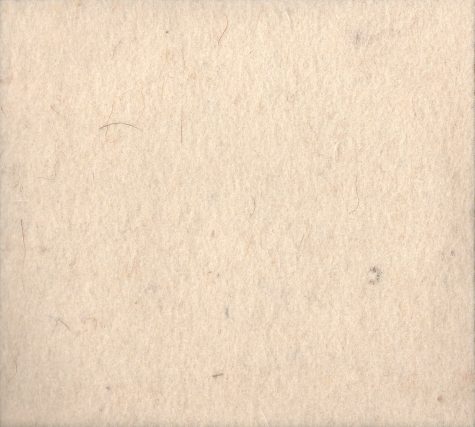
Miki Yui: Small Sounds
The debut album by Japanese sound artist Miki Yui, Small Sounds is probably the most representative album of the genre. Yui takes short, repetitive recordings of balloons, machines, radios and even singing, and buries them under layers of hiss and noise until they become faint vestiges floating around in the background. Some surface only for seconds, before being overtaken again by a myriad of other noises clamoring to grasp the soundscape of the listener. Some of my favorite tracks are “Mong,” a simple composition including a repetitive recording of a young boy singing a simplistic song in a foreign language, buried behind wind and field recordings, and “Heater,” which is pretty much as the title describes. It feels good when listening with headphones.
Bernhard Gü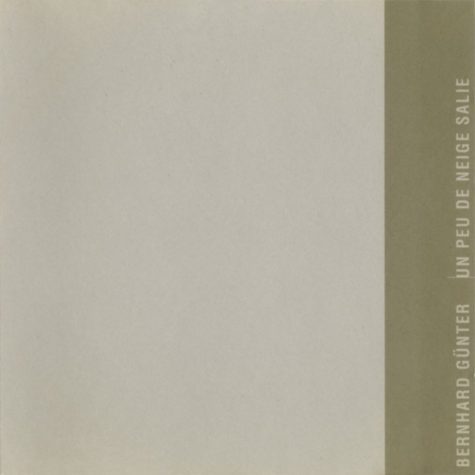 nter: Un Peu de Neige Salie
nter: Un Peu de Neige Salie
Along with Forms of Paper, Un Peu de Neige Salie (a little soiled snow) is considered one of the landmark albums of the genre. Composed entirely with samplers and an FM synthesizer, the album creates a percussive, wintry atmosphere that fits perfectly in cold weather. Each sound feels almost cathartic, exploding into a burst of crackles every few seconds over the mechanical background. The tracks become sparser as the album continues, incorporating elements of the microsound genre with its use of complex arrangements of clicks and pulses.
Graham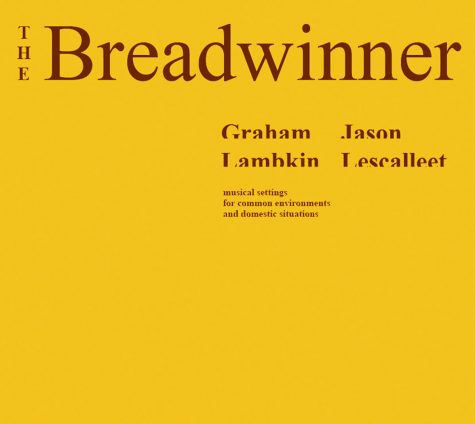 Lambkin & Jason Lescalleet: The Breadwinner
Lambkin & Jason Lescalleet: The Breadwinner
In the early 2000’s, two giants of musique concrète teamed up for a trio of albums, the first of which being The Breadwinner. In contrast to the other albums I’ve mentioned, which use more abstract compositions, this one is deliberately meant to create a sonic atmosphere akin to being in a space. It has a mysterious, claustrophobic atmosphere, as if it is the soundtrack to walking through a haunted house at 2:00am. The standout tracks are “Listen, the Snow is Falling”, taking the listener to a drafty, dusty room with creaking windows and ghostly choirs, and “Lucy Song”, which uses a distantly recorded piano piece to create the illusion of listening in on someone practicing at night. At times serene, and at times almost frightening, The Breadwinner is a perfect soundtrack to a haunted house inside your head.


